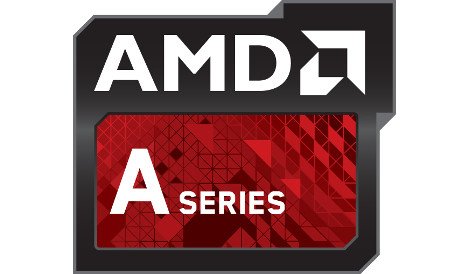AMD flaunted its heterogeneous computing wares at the company's annual APU13 summit in San Jose, California, Tuesday, highlighting tools for software developers interested in writing applications that use the architecture.
The chip maker – which now also sells servers – calls the concept of combining CPUs and GPUs (Graphics Processing Units) in a single architecture Heterogeneous System Architecture, or HSA. The company expects to have its first processors with HSA features, codenamed “Kaveri,” on the market in January.
It says the Kaveri product line will be aimed across the board – at desktops, notebooks, embedded chips and servers – but the units that will ship in January will be for desktops.
In a traditional setup, the CPU and the GPU, which is particularly good at parallel processing, each have their own memory spaces. In addition to having to copy data from one processor's memory space to the other, the CPU schedules work for the GPU through a separate driver stack, increasing latency.
HSA addresses these problems, allowing the processors to share memory and address space and enabling applications to easily assign workloads to processors best fit for the job. This means multiple compute tasks can operate on a single memory region – the approach used in multi-core processing.
Essentially, the architecture enables both types of processors to work together as a single piece of silicon, according to AMD, as well as increasing the amount of memory available to the GPU.
For AMD, HSA is the next step in the technological evolution of APUs (Accelerated Processing Units). This is the company's current product line that combines CPU and GPU in a single system.
APUs can play a variety of roles in the server world. Andrew Feldman, who runs AMD's server business, said the APU play could be strong in the specialized infrastructure services space. Bare-metal cloud services for gaming or oil and gas exploration could be good examples, he said.
Phil Rogers, corporate fellow at AMD, said of all server applications, video processing and data analytics would benefit from HSA the most. “Video processing tends to be a pipeline, and lots of different stages of that pipeline have parallel content,” he said in a press Q&A session.
Lots of that processing today is done on the CPU – an approach that is neither power efficient nor fast. It tends to be done in batches and is difficult to implement as a real-time service, Rogers explained.
“The other big area is data analytics,” he said. Whether it is text analytics or web crawling, a lot of it is about pattern-matching, which requires parallel processing.
Today, this is mostly done through MapReduce. The map stage is extremely parallel, but the final reduction can be “parallelized as well,” Rogers said.
If only the map stage could be moved to HSA, however, it would make a big difference, he said.
This is a different space from the one AMD has honed its microserver product line for. Currently using Intel's Xeon and its own Opteron processors, the company is pitching its SeaMicro SM15000 servers for scale-out infrastructure running homogeneous applications, such as social networking or virtualized cloud infrastructure.
AMD's 64-bit ARM SoCs, expected to become generally available next year, are also aimed at the scale-out microserver market.
In an effort to make sure developers can use the same programming approaches across heterogeneous systems built by different vendors, a group of companies, including AMD, established in June 2012 a standards body called the HSA Foundation. Other founding members are Texas Instruments and Samsung Group (both companies compete with AMD in the ARM server market), as well as Qualcomm, MediaTek, Imagination Technologies and ARM itself.
In conjunction with AMD's conference, HSA announced a list of about 15 new members that had recently joined the foundation. A variety of organizations are on the list, including the open-source software company Canonical, network silicon vendor Broadcom, IT hardware vendor Huawei, the US Department of Energy's Lawrence Livermore National Laboratory, as well as Oracle Corp., among others.
In October 2012, AMD joined the Oracle-led open source project Sumatra focused on enabling developers to build Java applications for GPU computing. Nandini Ramani, VP of Oracle's Java division, delivered a keynote on the project at Tuesday's conference.

